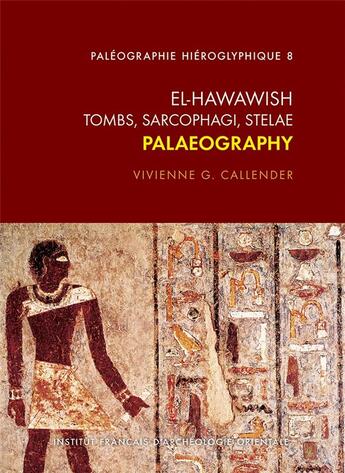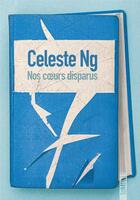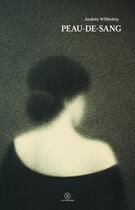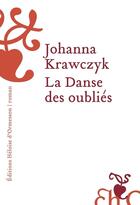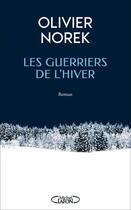-
Date de parution : 14/11/2019
-
Editeur :
Ifao
-
EAN : 9782724707311
-
Série :
(-)
-
Support :
Papier
Résumé:
This present study in the series Paléographie hiéroglyphique offers a segment of hieroglyphic writing from a discrete period: the disturbed times from the end of the Old Kingdom to the end of the First Intermediate Period. Unlike other volumes in this series, however, the hieroglyphs from the... Voir plus
This present study in the series Paléographie hiéroglyphique offers a segment of hieroglyphic writing from a discrete period: the disturbed times from the end of the Old Kingdom to the end of the First Intermediate Period. Unlike other volumes in this series, however, the hieroglyphs from the Akhmim cemetery of El-Hawawish have been drawn from various sources: tomb reliefs and paintings, stelae, wooden coffins and statues; consequently, both the length of the era and the varied nature of the writing surfaces and the materials used at times encouraged the introduction of numerous and interesting variations into Egypt's hieroglyphic corpus. The Australian publication of this hieroglyphic record from El-Hawawish has been especially important because of the poor state of preservation of the tombs and the limited printed material available prior to the 1980s. The original documentation was carried out by volunteer students from the universities of Auckland (New Zealand) and Macquarie (Australia), under the inspiration and guidance of Professor Naguib Kanawati. Particularly notable are the careful transcriptions from the wooden coffins from this era, revealing a most inventive and sophisticated approach to writing so many thousands of years ago. Without the dedicated work of those numerous modern hands, the El-Hawawish hieroglyphic corpus would have been lost forever. This volume presents a representative sample of that precious writing.
La présente étude publiée en anglais de la série Paléographie hiéroglyphique offre un segment d'écriture hiéroglyphique pour une période particulière : celle, perturbée, de la fin de l'Ancien Empire à la fin de la Première Période intermédiaire. Contrairement aux autres volumes de la série, les hiéroglyphes du cimetière Akhmim d'El-Hawawish proviennent de sources diverses : reliefs et peintures de tombes, stèles, cercueils en bois et statues. Par conséquent, la durée de la période et la diversité des surfaces d'écriture et matériaux utilisés ont parfois favorisé l'introduction de nombreuses et intéressantes variantes dans le corpus des hiéroglyphes égyptiens. La publication australienne de ces hiéroglyphes d'El-Hawawish est particulièrement importante en raison du mauvais état de conservation des tombes et du peu de matériel imprimé disponible avant les années 1980. La documentation originale a été réalisée par des étudiants volontaires des universités d'Auckland (Nouvelle-Zélande) et de Macquarie (Australie), sous l'inspiration et la direction du professeur Naguib Kanawati. Les transcriptions soigneuses des cercueils en bois de cette époque sont particulièrement remarquables et révèlent une écriture des plus inventives et sophistiquées, conçue voici plusieurs milliers d'années. Sans le travail dévoué de ces nombreuses mains modernes, le corpus hiéroglyphique d'El-Hawawish aurait été perdu à jamais. Ce volume présente un échantillon représentatif de cette précieuse écriture.
Donner votre avis



